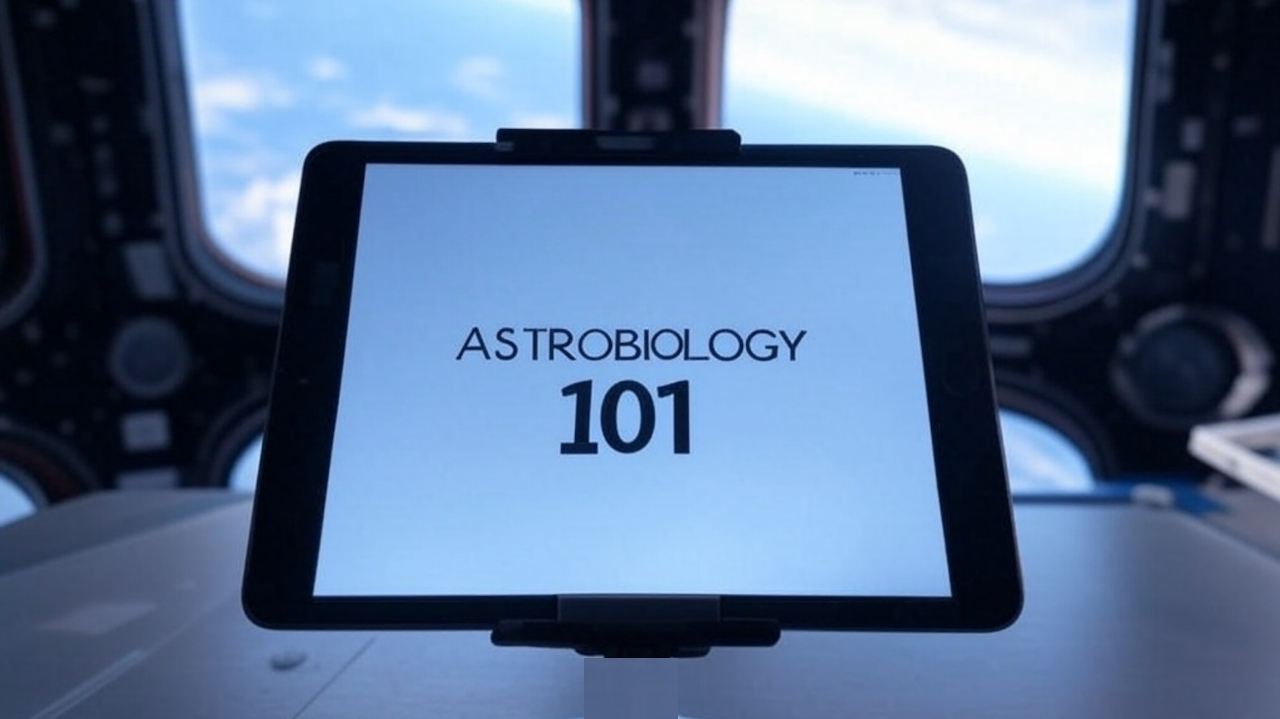
Astrobiology MOOC — Grok via Astrobiology.com
Massive open online courses (MOOCs) experienced a resurgence in popularity due to the COVID-19 pandemic. In this work, we studied participants in an astrobiology MOOC offered on Coursera since April 2019.
Using a modified version of the Science Motivation Questionnaire II, we examined the primary motivational factors of the participants, how those factors related to demographics and course performance, and how participants in our MOOC compared to those in a general astronomy MOOC as well as traditional undergraduate students.
Participants in the astrobiology MOOC were more highly motivated when compared to the general astronomy MOOC across all five motivational factors we surveyed: intrinsic, career, grade, self-determination, and self-efficacy. Compared to the undergraduate population, astrobiology MOOC participants reported higher motivations in all the factors except for career and grade.
We found that demographics had some impact on these results, with older participants reporting lower career and grade motivations and female participants having generally higher motivations compared to males. Despite this, male participants and those older than 40 were more likely to complete the course.
As the astrobiology MOOC was initially offered prior to the COVID-19 pandemic, we also looked at the impact the pandemic had on these results. The demographics of participants changed significantly, with the percentage of participants under the age of 30 and the percentage of those identifying as full-time students doubling compared to prepandemic.
The motivations of participants also changed, with participants showing more career and grade motivation since the pandemic. Interestingly, the increase in younger and more full-time student participants has continued even with the return of in-person learning. This suggests that the pandemic introduced MOOCs to a new population of learners who have continued to utilize them in the years since.
Published by the American Physical Society 2025
_**[Motivation, demographics, and engagement during COVID-19 in an astrobiology massive open online course](https://journals.aps.org/prper/abstract/10.1103/PhysRevPhysEducRes.21.010109), Physical Review Physics Education Research**_
Pub Date: 2025-01-28DOI: 10.1103/physrevphyseducres.21.010109
Skylar Grayson, Molly N. Simon, Sanlyn Buxner, Matthew Wenger, Chris Impey